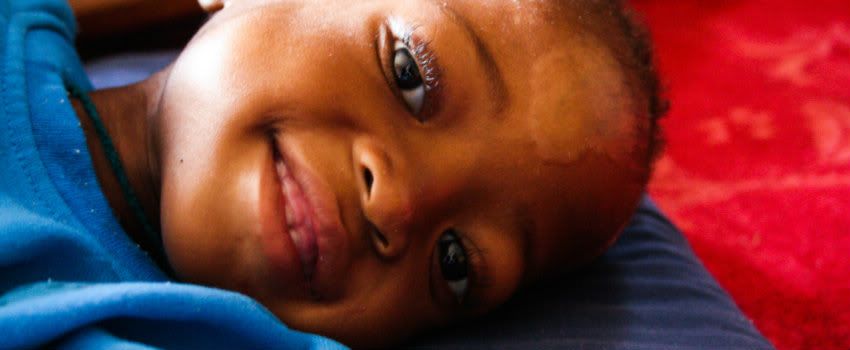HIV/AIDS has been a part of public consciousness for about
as long as I’ve been on the planet. Because of this, I was a small child during
much of the first decade of chaos and confusion; I was mainly unaware of the
mounting deaths and lack of solutions.
Instead, my reality of HIV/AIDS has been yes, one of death
and devastation, but also one of progress and promise. I have seen the
developments of a greater scientific understanding of the virus, continued
progress towards more comprehensive and effective testing and treatment, and
hints at the real possibility of an AIDS free generation.
In Lesotho, no one is unaffected by HIV/AIDS. With a 1 in 4 infection
rate, it is unfortunately a country partially defined by this epidemic.
During my time in Lesotho I’ve been excited to see all the
advancements towards fighting HIV/AIDS. Antiretroviral therapy(ARVs) for adults
and children are available at even the most isolated rural clinics. Mother-Baby
packs are provided to all pregnant women as part of a comprehensive program
to fight against vertical transmission. Basotho communities express an improved
understanding and acceptance of HIV/AIDS, acknowledging that it need not be a
death sentence.
And at the same time I have been continually frustrated and saddened
that red tape, a lack of resources, and waning political commitment mean that
solutions we know to be successful at fighting HIV/AIDS are not being
implemented effectively in Lesotho, and particularly Mokhotlong.
Clinics run out of ARVs meaning a grandmother may waste four
hours walking to and from a clinic, failing to get what she has been taught are
critical medications for her child.
HIV+ women still give birth at home because of a lack of other options, despite the known dangers this presents for both mother and baby.
Blood samples to test a child for HIV or assess the stage of
the virus in their small bodies – two critical steps in getting started on
treatment – are lost or results never make it back to the clinic, causing unnecessary,
life threatening delays.
In the news coverage leading up to World AIDS Day, the hope
and deflation expressed in this article feels like a perfect reflection of what
it’s like working in the field of HIV/AIDS in a resource poor setting. Despite
all we know about the virus and everything we can do to prevent its disastrous effects, if it’s not making an impact in the locations where the epidemic is at
its worst, it’s simply not enough.
This week TTL lost one of the children being cared for in
the safe-home. After three days admitted at hospital for distressed breathing,
this little girl passed away. She had been identified as HIV+ in October but
confirmatory results from a second test had still not come back so she was not on treatment. It is suspected she contracted a form of pneumonia
that targets children with low CD4 counts (a sign of a greatly weakened immune
system and the need to start ARVs). Suspected because the hospital does not
have the human resources or equipment to say for certain. Despite severe
malnourishment and repeated prescriptions for antibiotics it took two visits in
one day to convince the hospital they needed to admit her. Unfortunately, adequate medical attention came
too late for her small, weakened body.
In my mind, this little girl’s death – like so many children’s
deaths in Lesotho – was not due to negligence but a lack of resources. There
are simply not enough trained medical staff, equipment, and treatment options
to handle the burden an epidemic like HIV/AIDS places on a health system.
My wish for last year’s World AIDS Day was for an HIV+ child
that TTL supports to continue to grow and thrive. I'm happy to say that one year later, she is doing exactly that.
My wish for this year is a bit bigger and of the same importance. It's a wish for true
global commitment to produce real results that will end this epidemic. Commitment that
reaches up from the grassroots where it is so strong to the highest political
offices, ensuring that an AIDS free generation is possible both in rhetoric and
on the ground where it counts the most.
 |
| Children outside a rondavel belonging to a family currently supported by TTL's Outreach Program. |



 This sweet baby girl has a little smirk that instantly puts a smile on the face of anyone she flashes it at.
This sweet baby girl has a little smirk that instantly puts a smile on the face of anyone she flashes it at. Renang, in comparison, was suffering from a more acute case of malnutrition when he arrived at the safe-home several months ago.
Renang, in comparison, was suffering from a more acute case of malnutrition when he arrived at the safe-home several months ago.